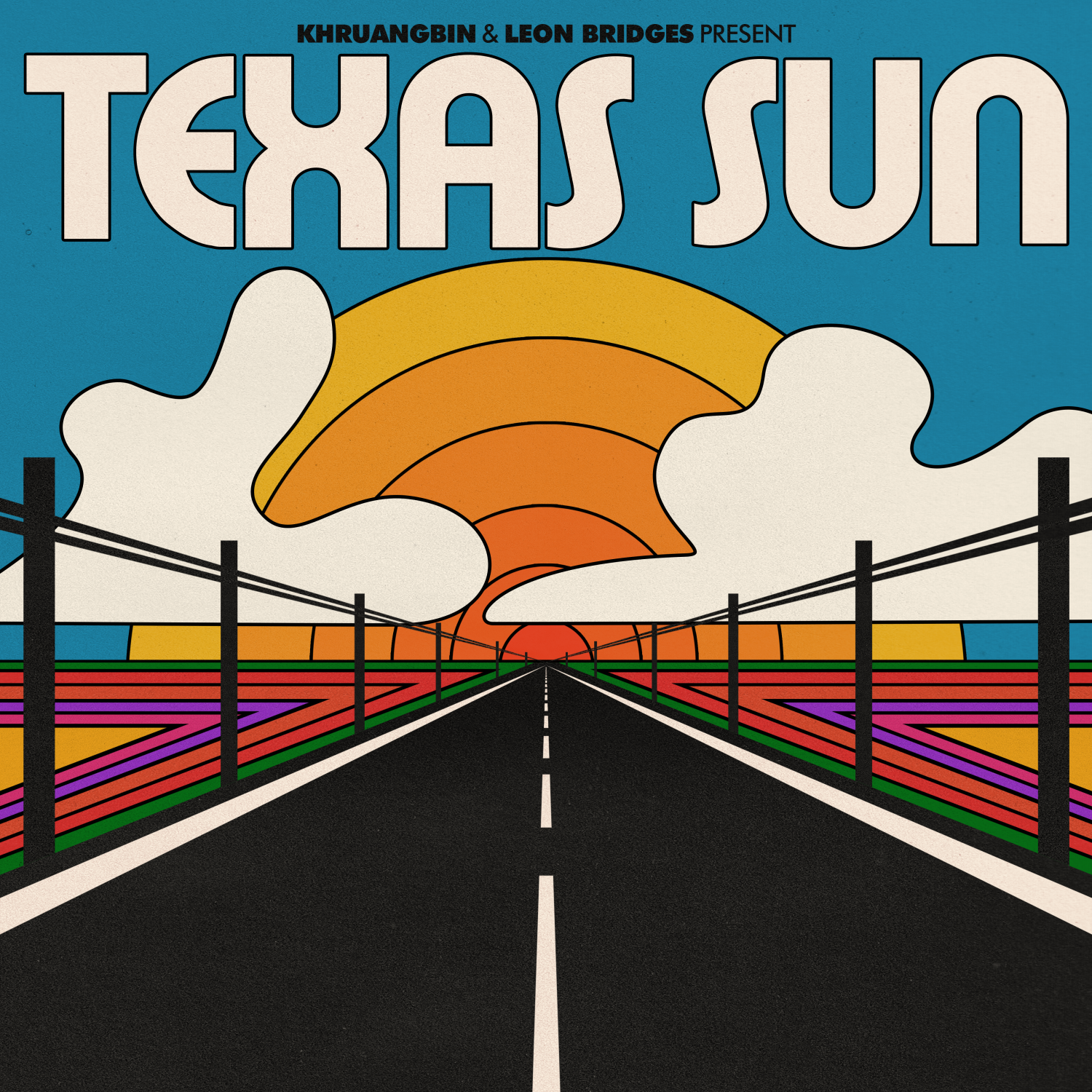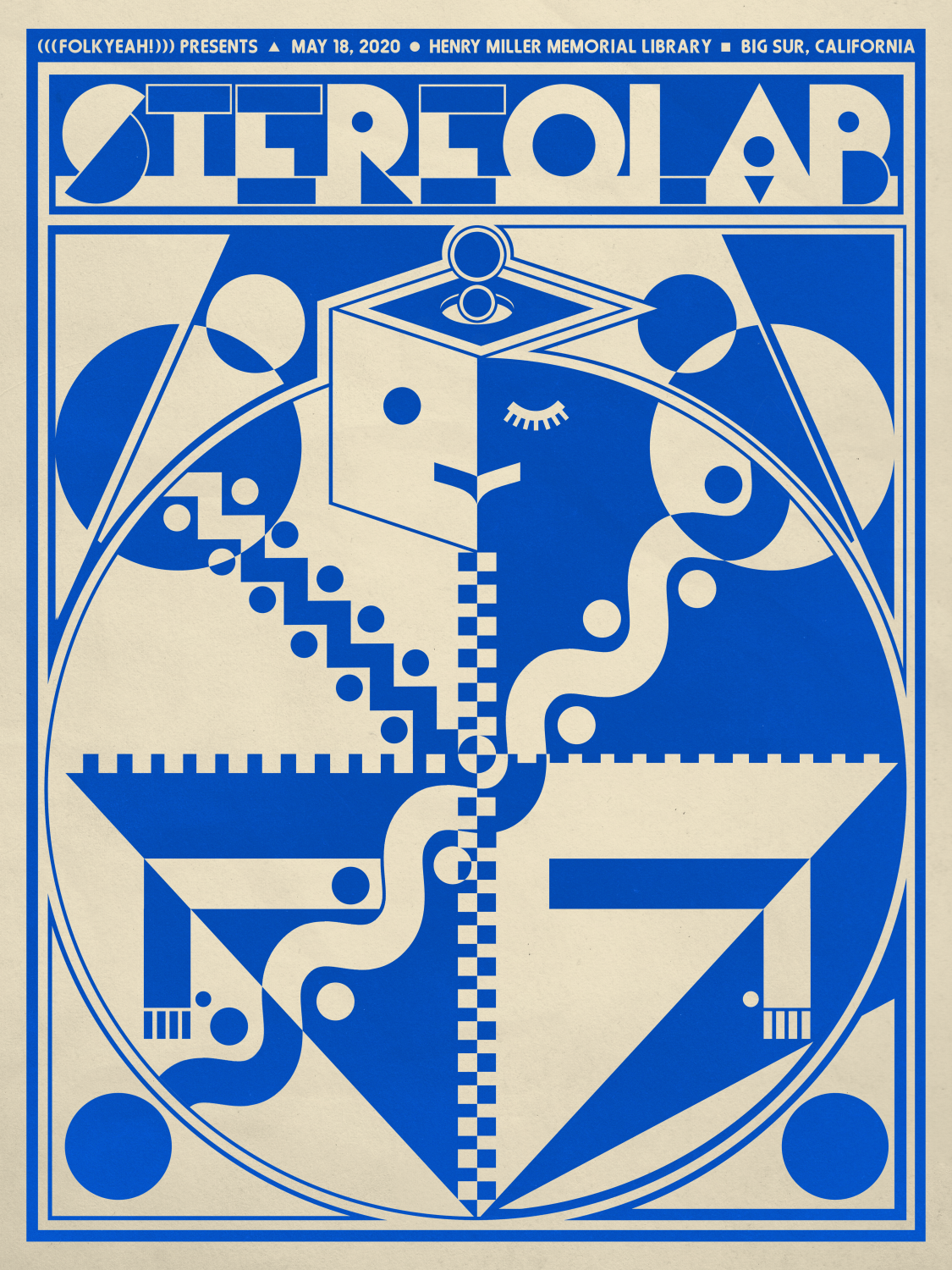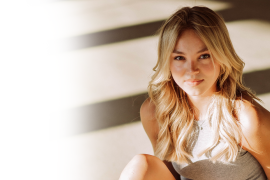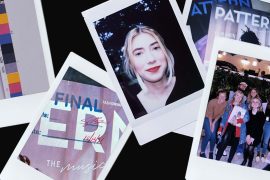Photo by Anna Powell Denton
Aaron Lowell Denton is a Bloomington-based designer and illustrator. He’s turned his love for music, writing, and image-making into a full-time career, creating posters and album artwork for musicians such as 81355, Tame Impala, Leon Bridges, and Khruangbin and illustrations for publications such as The New York Times, The Atlantic, and Wired. Here he discusses his introduction to design through music, the joys of experimenting, and projects he hopes to work on in the new year.
To begin, how did you start designing?
So at Indiana [University] I originally was studying English, and then I picked up an Art History degree along the way. At IU you could download all of the Adobe Suite, and I downloaded all those programs on my computer when I was in school. I was playing a lot of music in Bloomington through college. I had a band of my own, and I was also throwing shows. I would make posters for the shows. I wasn’t interested in doing graphic design work. I was interested in playing music and setting up shows and that was just a part of it. I didn’t have any money to pay anyone, and also I felt a lot of ownership over those things. I liked to treat them as small little projects, so I would do everything. I would set up the show, I would design the posters, I would flier the posters around town, and then that just kind of evolved from there. That was definitely the starting spot–having access to that technology for free and then having a necessity to use it abundantly.
When you were making these early posters, did you find you were enjoying the process of designing?
It was never like I’m going to grab a press release photo of this band and put some text over it. It was always a conceptual art project for me, and I can look back at it now and see that, but at the time it wasn’t that intentional. It just was not satisfying to me to do anything that wasn’t all in, so it would either be conceptual based on where the show was or based on the specifics of the band. I was art directing. I just didn’t really know that at the time.

How did you go from making posters for yourself and friends to a full-time design career?
It was really organic in a sense. After college, I was working at a restaurant in town. I was touring a lot, and I was really geared up on the music thing. Part of that was my band would go on tour, and we would book the shows ourselves and promote them. I started doing posters for shows I wasn’t a part of at all, there was just maybe someone I knew who needed a poster for a show, and I started doing that more and more.
I just said yes to any commission that would come in because I was still working at the restaurant part-time, and it was just fun. It was never a thing I got paid to do. It was always something I volunteered to put a ton of time into, like setting up shows and making a nice poster for the show. In 2017, I was doing so much of that. I would go home and do that all night after being at my restaurant job for seven hours. Eventually, I had to quit the restaurant job because I was working like seventy hours a week.
What is your design process like? Has it changed in any way since you first started working?
Yeah, it changes all the time because I’m always learning new things. It’s really based on the process of learning and learning how to learn, and you can apply that to any part of a commission. It depends on what the brief is; it depends on who the client is. A poster commission is going to be a lot different from an editorial illustration.
For me, it’s stayed pretty consistent in that I contemplate it for a while, I’ll think about the band, I’ll think about where the show is and how big the show is, and then I’ll try to graft that onto a new technique that I’m excited about. I hold not a large, but an ever growing library of graphic design and art books that live in my office, and I’m always kind of feeding off of those, and those references are always changing. So it’s just about trying to find what’s appropriate and then diving in and making mistakes and getting really messy in a project. In general, I’d say experimentation is my guiding light and feeling unbounded and free to do whatever I like is where I like to start. Then you make a thousand decisions, and that’s where you end up.
With projects like editorial illustrations and poster designs that probably have quick turnaround times, how do you experiment under these kinds of constraints?
Sometimes when the turnaround is super insane, that’s when it’s the most exciting because I know if I make something, it’s going to be a thing that’s seen, so you just really go for it. When the turnaround is really short you can get almost desperate in your experimentation, and that’s when you stop thinking, and you end up making something that’s really good.
Do you ever experience design blocks or that feeling of being stuck on a project?
I’ve felt this way before, and occasionally, I feel like I’m doing the same thing too many times, but I think that’s actually an illusion. I’ve been trying to be a bit more gentle with my inner monolog or critic on that because if it’s a thing you do or you developed, it’s ok to do it again and again. It’s not a bad thing to really dig in on a style or a technique as long as everytime you’re doing it, you’re pushing it a bit, but that’s as far as it goes for me. It’s scary to start a project and have an empty document and know you’re probably on a ten or eleven hour track to finishing this thing, but I think the secret is to just start and not think too much about that. Even when you don’t have any ideas, just go for it. There’s a lot of joy in that experimentation, the more lost you are the better it’s going to feel when you figure it out. That’s always been a saving grace for me. That feeling I get from figuring out something.
Switching topics to your design style, I personally love the way you incorporate type with illustrated elements. To me the compositions make so much sense as they are, I can’t imagine them being designed any other way.
Totally. That’s entirely on purpose, and I think the reason why you feel like that is they have been tried every other way. I don’t think something is done until I’ve reiterated it so many times. Typically a design is finished when I go back to something and I’m like this is how this absolutely must be. That’s a successful design to me.
Type is a really good way to get into something because there are so many good typefaces already out there. It’s a good way to begin a piece by thinking I have this client, what is an appropriate typeface for this person or this music or this writing, and usually I feel like I can intuit that.
But it also goes backwards too. Sometimes I’ll start with the visual part, and that’s even easier to apply the type afterwards because it’s just kind of like gravy. I never struggle with too many options. In the end I’m always like, this is the one that works and all the others don’t feel right. I like to bake the type into my design work, and I think that’s why It’s hard to distinguish myself, like am I a graphic designer or am I an illustrator? It’s important to me that when you look at it you can take it all in the second you look at it, you can just feel it or sense it.

I know that you are doing more editorial illustration work now. I listened to your interview on the Illustration Hour podcast from 2019, and it was interesting because you said you wanted to do editorial work, but hadn’t had the opportunity to do so yet, and while I was listening I was thinking, oh little do you know (laughs).
Yeah, in 2020 I worked for every publication I cared to work for editorially. It was insane, and that was the year a lot of those places had to pivot to graphics. I think there was a lot of demand put on illustrators. I really love the editorial world. I’m interested in writing and always intaking that stuff anyway. Reading has always been really important to me, so when I get one of those, it just feels like a perfect mesh, putting a visual to written word in editorial pieces. It’s way more intense, editorial work, but it’s satisfying.
Working with so many clients across the country, is it nice that you get to stay in Indiana?
It’s a bit of a weird question because I just live here, and I’ve always lived here. First and foremost, I like Indiana, and I like Bloomington, specifically. This is where the people I love are, and this is where my community is, but then secondly, it’s a leg up that for two years I could make very very little money and not only survive here, but have extra time to practice a skill that I now do full time. My cost of living is so low, everything is so easy here. I just have a lot more time to make art here, and that’s what I’ve learned. It makes sense for me, and I love being in big cities. There are downsides in a small town in Indiana, but in general I just don’t think about it because I’m satisfied here. I think more people should live in smaller towns. I think smaller towns need people who are creative and doing things. LA doesn’t need you necessarily to come and be artful.

Your work just makes me excited to design whenever I see it. Is there anyone or anything that does that for you?
For me it’s about books and finding things I’ve never seen before. There are definitely contemporary designers that I think are great and make me want to make stuff, but primarily all my influences are based in the past. I have a few that I go to, but I really like these Graphis books that are just a collection of works, and I like flipping through them and catching things. It’s a big umbrella. I’ve been really into Franco Grignani for the past couple of years. I get a lot of inspiration from him and Bridget Riley. Victor Vassily, he’s great. That’s been one vein for me. Lately I’ve been really into greek art, airbrush guys from the 70s and 80s, japanese airbrush artists– but it’s ever evolving. I try to stay off the internet as long as I can.
To finish up, is there anything that you’re working on now that you’re excited about or any projects you hope to work on in the future?
I want to do more editorial design. I want to do more covers. I’ve done a lot of stories and spots and small stuff, but I want to do the cover of a magazine or the cover of a Times issue or something like that. I want to keep working with commercial clients and bigger jobs that have more time and more stuff for one commission as opposed to 1000 little commissions. There’s a lot of fun in those, but I’ve really enjoyed stretching out and doing bigger design jobs.




